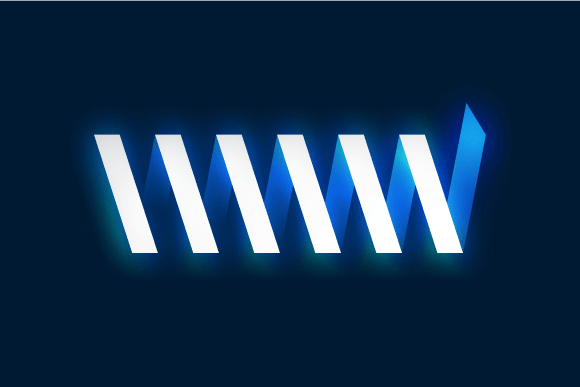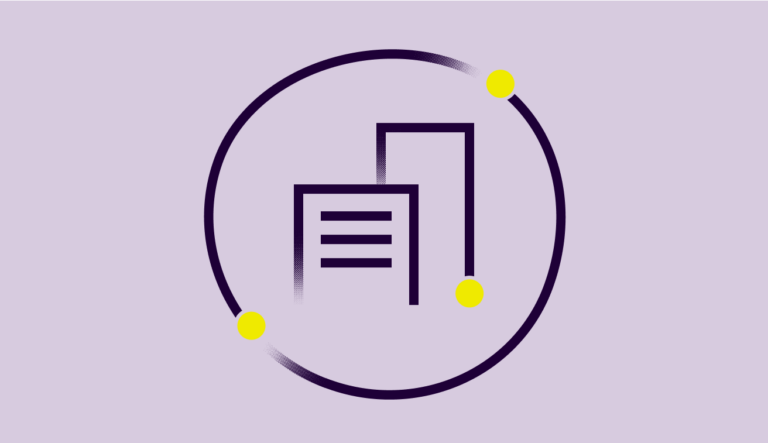Maximizing compliance training: Insights from Fosway Group
In this blog, Myles Runham, Senior Analyst at Fosway Group, shares research-backed insights and practical tips to make the most of compliance in 2025.

Whatever we think of it, compliance training is a dominant feature of the workplace learning landscape and will remain so. Fosway’s Digital Learning Realities 2024 shows that 47% see it as a top priority for the year ahead. It has been a top priority for as long as the research has been running, over ten years.
But, as expectations rise for quality learning experiences and businesses seek the best value for their efforts, how can we make the most of this enduring need? This blog highlights our work with our corporate research network and the tools and techniques they have found most effective.
Compliance training: Always a top priority…and an opportunity
This might seem counterintuitive. Compliance training is a chore, right? But compliance learning reaches large populations, often targeting 100% of employees. There are very few teams with this reach and impact, although it comes with responsibility. A simple, clear, swift and relevant experience can be one of the foundations of your learning offer, signalling a well run and responsive service for all stakeholders. When everything passes off smoothly with compliance, it builds trust for more ambitious programmes and projects.
The reality, in many organisations, is that risk management is the real driver of compliance learning. A full set of timely completions creates safety for the business. This is unlikely to change.
But it does not need to be the only goal of all compliance activity. Behind those risks is the behaviour of employees. Introducing even modest behaviour change tools and design elements can benefit all stakeholders and raise expectations of what else can be achieved. It also gives learners a sense of agency in the experience beyond their training being marked as complete.
Set clear goals and make them clear to all stakeholders
Completion, attendance and assessment scores are usually the heart of monitoring compliance training courses. This becomes familiar to new employees very quickly.
“But what does success look like for me, for my team, my department?”
Make sure this is well understood around the content, within the course and in reporting. Knowing why something needs to be done helps to get it done. Not all compliance learning is equal, and mandatory status is not binary.
Many organisations define ‘mandatory’ in a variety of ways, across a spectrum of requirements such as geography, role, seniority, business unit etc. Be very clear about what is expected of your learners and work with line managers to reinforce wherever possible. Is this a licence to practice need for a regulator, or company policy, or a business unit need? Be clear about each and don’t take it for granted that your audience knows.
As behaviour change becomes a more common goal, techniques such as simulations and scenarios can bring the learning closer to working life. Assessments within these contexts can encourage deeper reflection and understanding.
Human-centred design shows you understand your audience
A well-designed compliance training experience (from beginning to end, not just the content) demonstrates that you know your audience. It should be as relevant to their day job as it can be.
Wherever possible, ensure that language reflects the ways you work, and examples are real and contemporary. If you are using off-the-shelf content, package it in the environment of your business – describe why it is there and how it relates to your industry, business circumstances, regulations and company policies.
Good process design and a well-configured LMS will get your learners to the right course at the right time. This is a must. A clearly laid out curriculum of compliance learning for each user helps manage expectations and explains how things fit together. Signalling where compliance learning is in LMS navigation is important. Making sure search results are accurate and that compliance learning is a top result for all possible search terms should not be overlooked.
The learning experience is not all about convenience, however. The narrative of the content should be interesting, useful and relevant to the organisation. The learning experience should be active and thought provoking, with the right level of challenge. The best compliance learning makes us think, sometimes hard. Triggers to encourage behaviour change and nudges during and after the course consolidate the objectives.

Compliance training checklist
Streamline your compliance training and keep your team on track with our editable PDF checklist.
Download the checklistSweat your LMS
The learning management system is the engine of compliance learning. Your success relies on it.
Work with your LMS vendor to make the most of the system and exploit what they have learned from other customers (press them for improvements on the roadmap too). Automate workflows, such as notifications and course scheduling. Rules-based automation can be a real boon here, defining how the system works for certain roles, for example.
Integrate with HRIS systems to keep people data up to date and the flow of data between systems swift. The role of the LMS is to make compliance as simple as possible for all stakeholders, learners included.
Reporting is where compliance training becomes visible to stakeholders and is a key source of credibility and influence for learning teams. Custom dashboards save time and effort for you and for those who share compliance responsibilities. Line managers are a vital audience here and simple, fresh reports lighten their load. Don’t let reporting become an afterthought. Make time to get it right.
Revisit dashboard designs and layouts to make sure they are useful and ask for feedback. Don’t forget a simple dashboard for learners they can see on their first click – checking compliance status is a frequent driver of LMS visits.
Clear communication is vital
Compliance learning works best when we can see it coming.
Communicating beyond the LMS is equally important. For larger scale learning campaigns, the best learning teams take a leaf out of the marketing book, using multiple channels to set expectations clearly and reach audiences where they are with a steady pulse of communication.
Similarly, working closely with stakeholders that own compliance topics will help keep it front of mind in business units and teams, and support line managers in encouraging engagement.
Changing attitudes to compliance will not happen overnight but there are many avenues to making it as smooth, relevant and effective as possible.
About Fosway
Fosway Group is Europe’s #1 HR industry analyst focused on Next Gen HR, talent and learning. Founded in 1996, we are known for our unique European research, our independence, and our integrity. And just like the Roman road we draw our name from, you’ll find that we’re unusually direct. We don’t have a vested interest in your supplier or consulting choices.
So, whether you’re looking for independent research, specific advice or a critical friend to cut through the market hype, we can tell you what you need to know to succeed.
Talk to us today on +44 (0) 207 917 1870 or via info@fosway.com, or visit us at www.fosway.com




